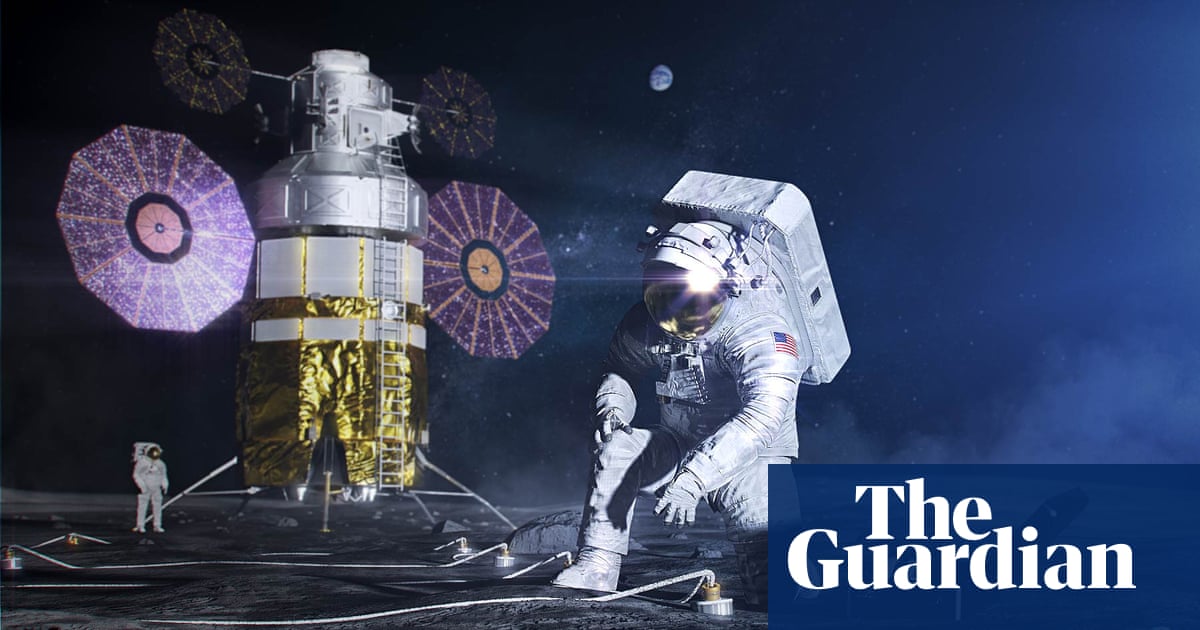
northAsa has asked American universities to come up with new technologies to help the space agency conduct a sustainable exploration of the moon. Selected applicants will receive up to $ 2 million (£ 1.5 million) from the recently launched Lunar Surface Technology Research (Lustr) opportunity to rapidly develop technology in two key areas: finding and extracting water from the lunar “soil” or regolith , and develop energy systems that will maintain technology during long lunar nights.
Both are necessary for astronauts to remain on the moon for long periods. Water is essential to sustain life and can be divided into hydrogen and oxygen for use as rocket fuel. Each lunar night equals 14 Earth days, so reliable batteries will be needed, along with power control and distribution systems that can work well in the moon’s harsh radiation environment. Such energy systems will also be necessary to extract water, which is believed to exist largely in permanently shaded craters near the moon’s south pole.
Although the first human landings are scheduled for 2024, this will only be a short stay. Sustainable lunar exploration is not expected to start until 2028. Lustr applications must be received by August 12.
.